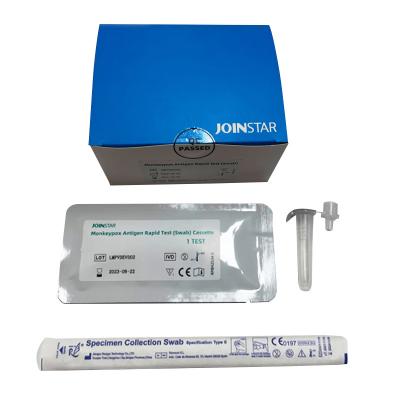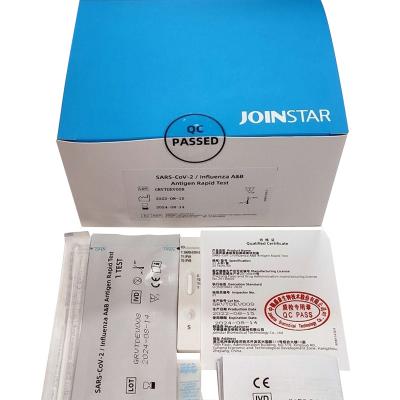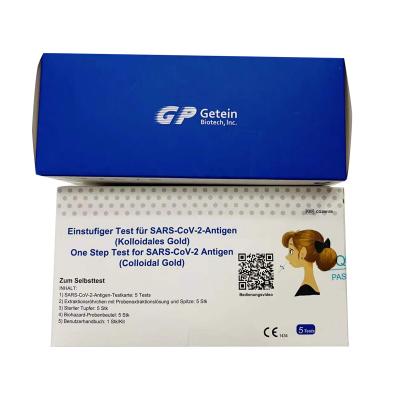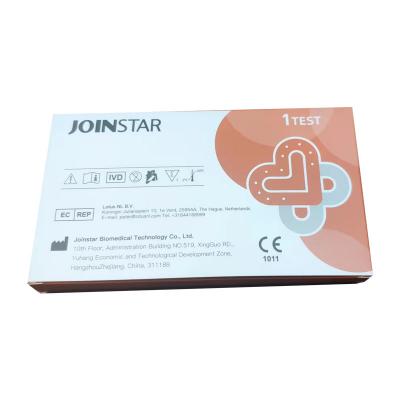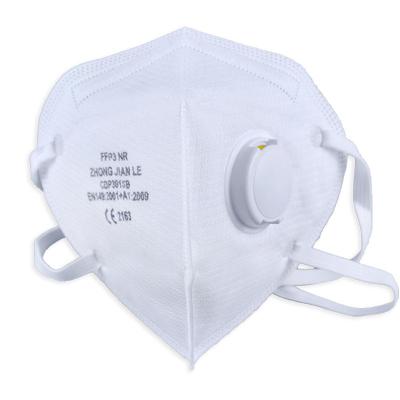How Test Tubes Are Used
Chemists use test tubes to mix, heat and/or hold small quantities of chemicals for assays and laboratory experiments. Biologists use them to culture and handle various organisms, fluids, and samples. Some test tubes, such as those used in coagulation screens, contain prepared contents. In hospitals, labs, and other medical facilities, blood collection tubes have colored tops or stoppers (screw caps) for drawing specific types and screens.
Material Types
There are several material types of test tubes: glass, plastic, metal and ceramic. Glass and plastic are the most common while metal and ceramic are less common.
Glass test tubes are thick-walled and heat and/or chemical resistant. They are sometimes easier to see-through than plastic tubes, but often more expensive.
Suppliers also provide test tubes made from a variety of plastic materials. These products are lighter weight and generally less expensive than glass tubes. They may also resistance to ultraviolet (UV) light and pressure.
Specifications and Features
When selecting test tubes, buyers need to specify the desired volume and can select products that are disposable and/or graduated. Generally, 18-mm x 150-mm is the standard test tube size. The image below is of a graduated test tube made of KIMAX glass.














